Laying on the Line: Media Coverage of #StopLine3

Stop Line 3, Sarah Farahat, 2021 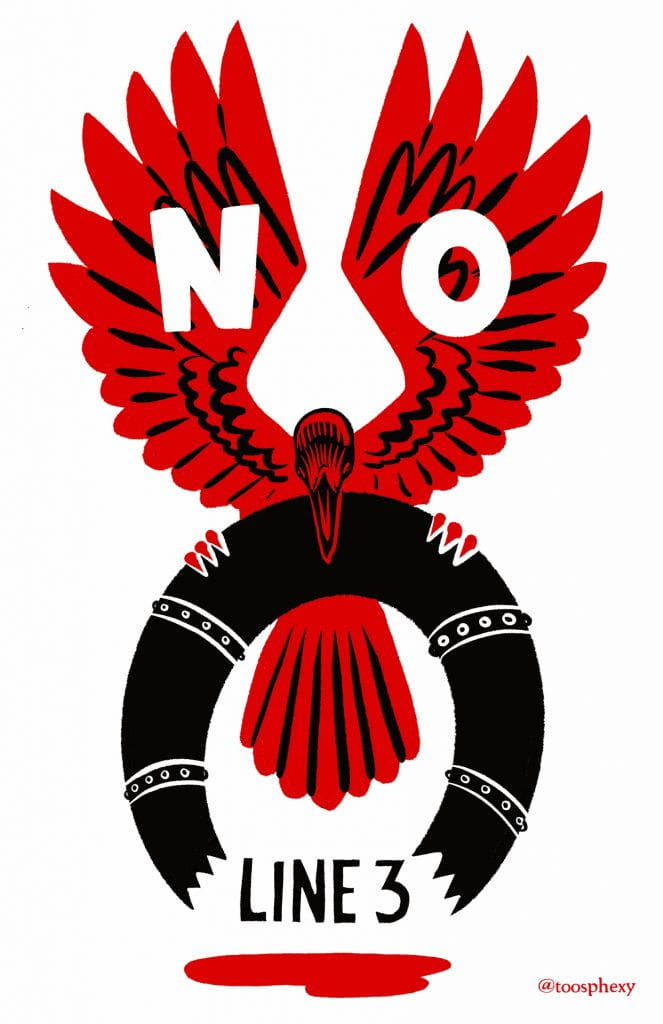
No Line 3, Roger Peet, 2021 
Stop Line 3, Santa Hyland, 2021 

The Year 2020 in Climate Activist Art
Détournement: How Artists Co-opted the Statue of Liberty
What Amazon’s Unionization Strikes Can Tell Us About the Power of Branding
Asian American Artists’ Response to Hate from Covid-19
Ni Una Menos: Protesting Feminicide on US-Mexico Border
The Art of Pandemic Motherhood

Duccio di Buonisenga, Madonna and Child (ca. 1290-1300) 
Photograph from Mary Kelly, Antepartum (1973) 
Photographs from Mary Kelly, Post Partum-Document (1973-79) 
Photographs from Mary Kelly, Post Partum-Document (1973-79) 
Alice Neel, Nancy and Olivia (1967) 
Photograph by Margaret O’Brian (2020) 
Photograph by Nomi McLeod (2020) 
Lauren McLaughlin, Madonna of Home Learning (2020) 
Jen McGowan, Runaway (2020) 
Penny Davis, Responding to the call (2020) 
atherine Duclos, I Don’t Know How You Do It All But You Sure Make It Look Effortless (2020) 
Cholë Marsden, Domestic Conflict (2020)
Disciples in Dialogue: Efficacy of Didactic and Ambiguous Anti-Racist Signage Outside Kirkwood Churches in St. Louis, MO
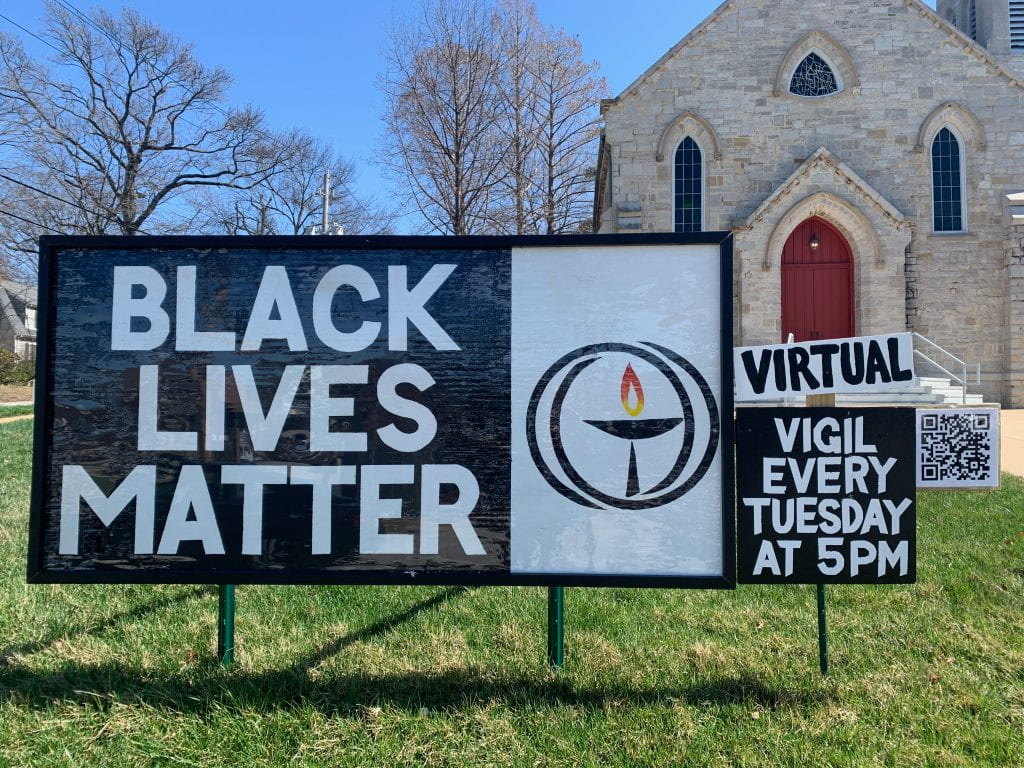
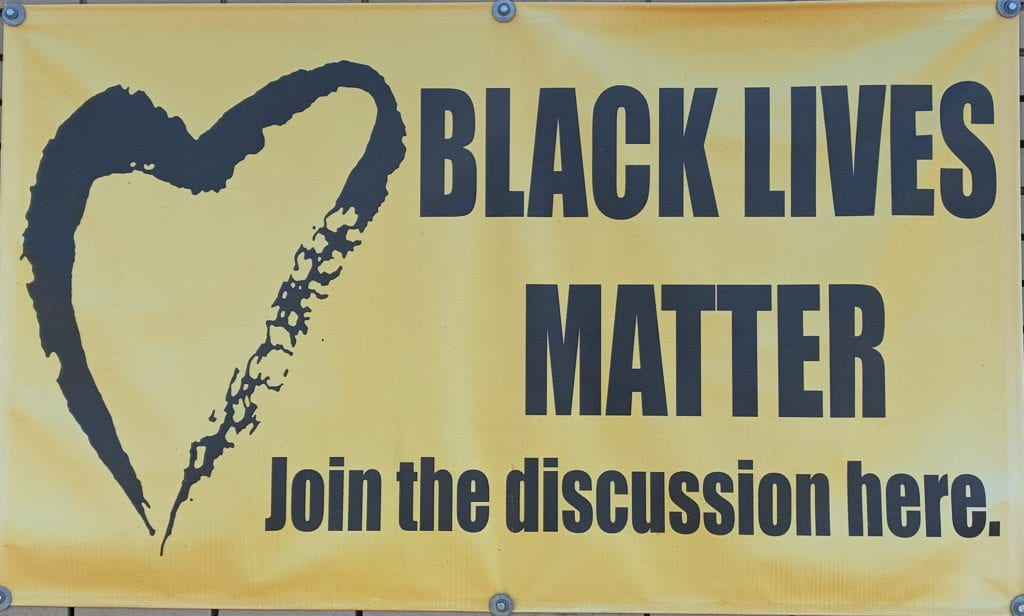

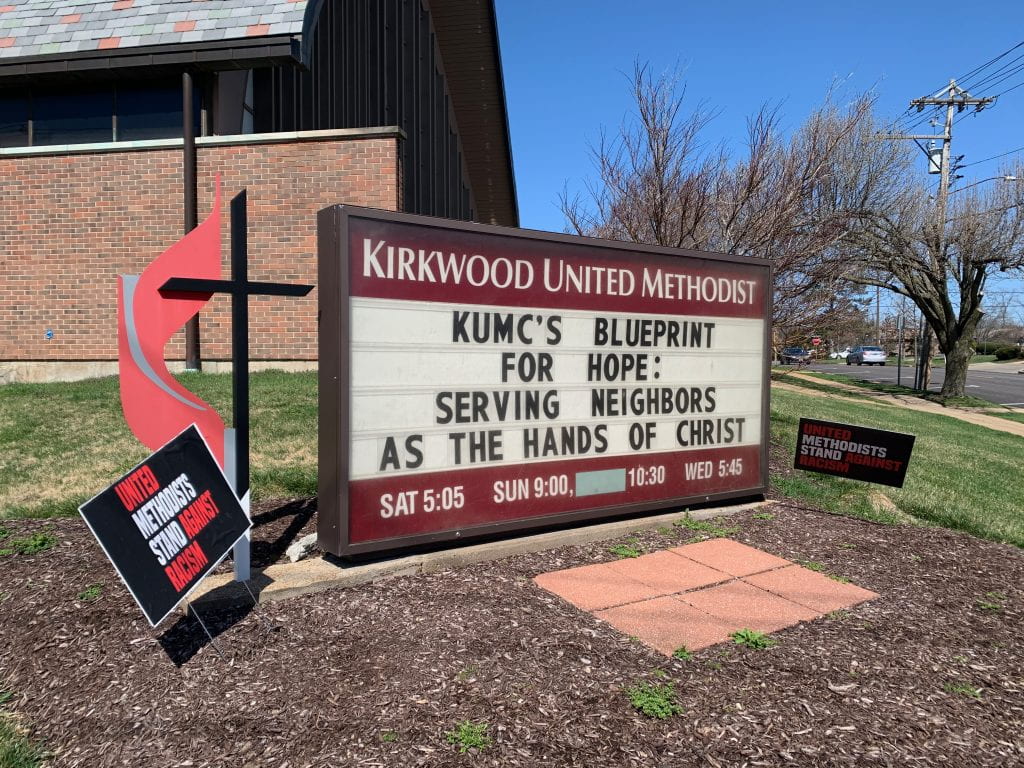
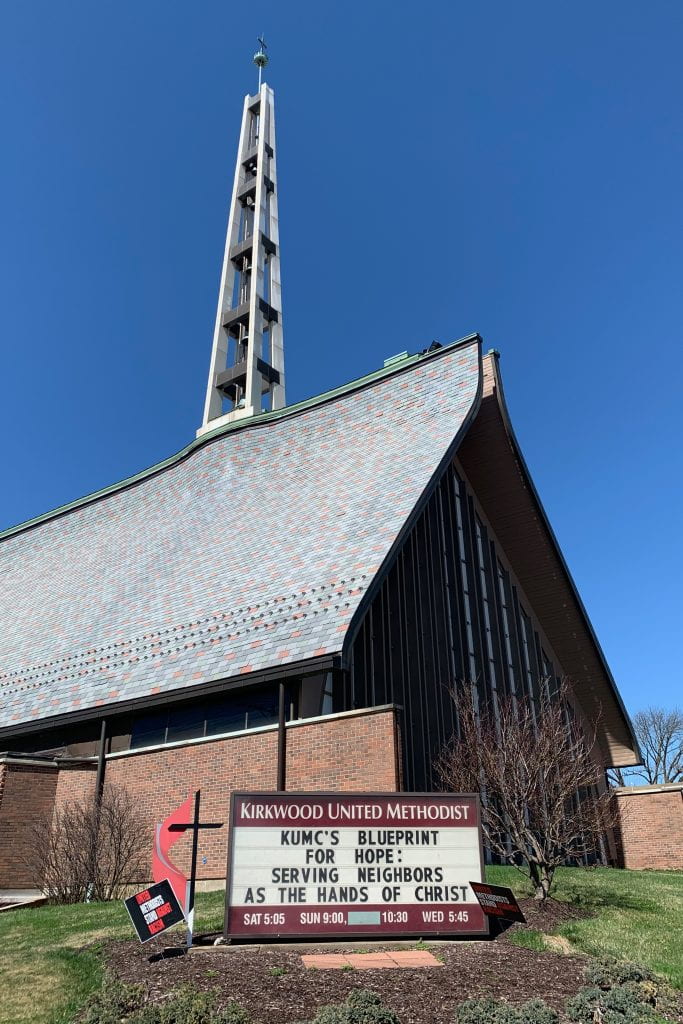
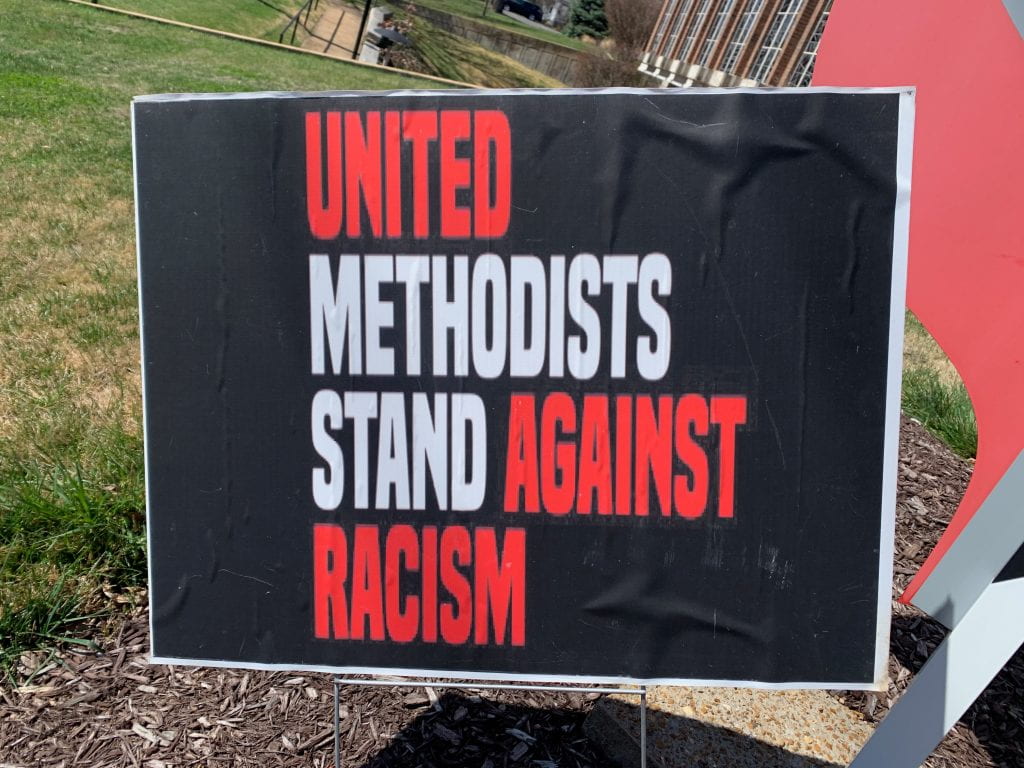


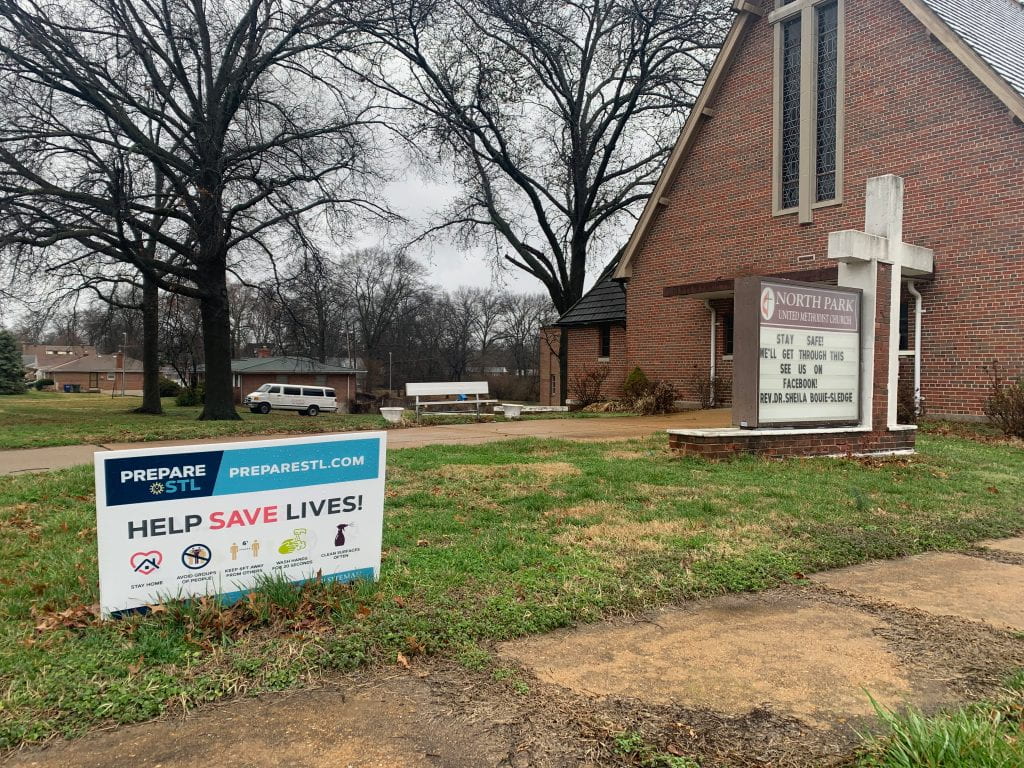
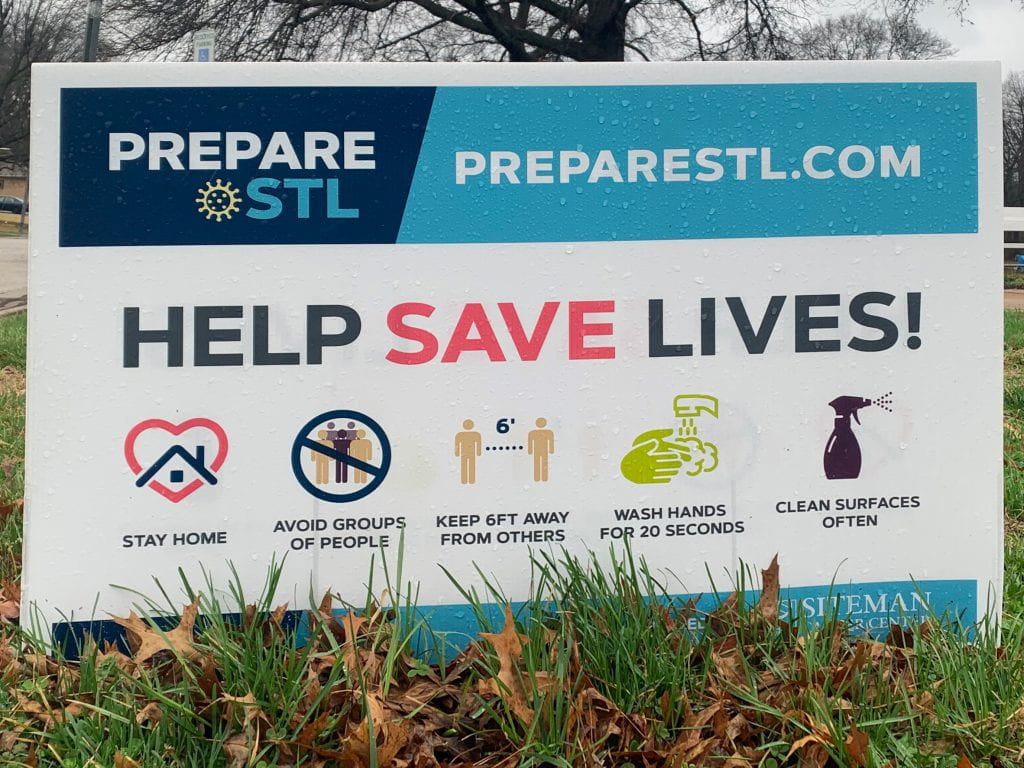
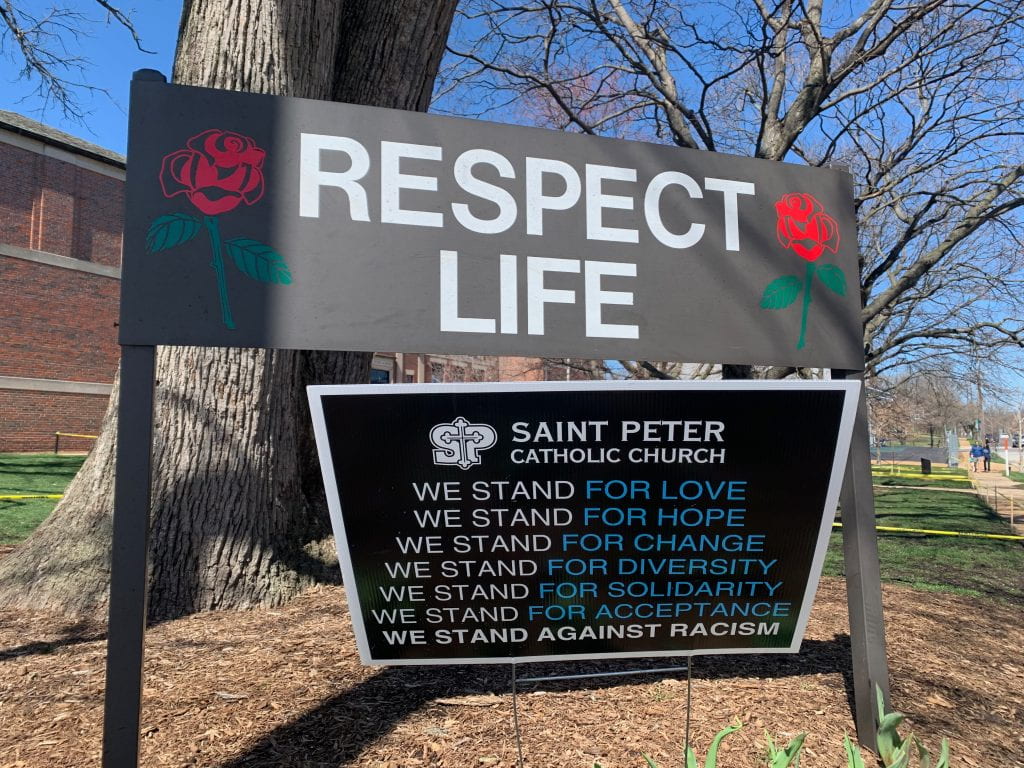
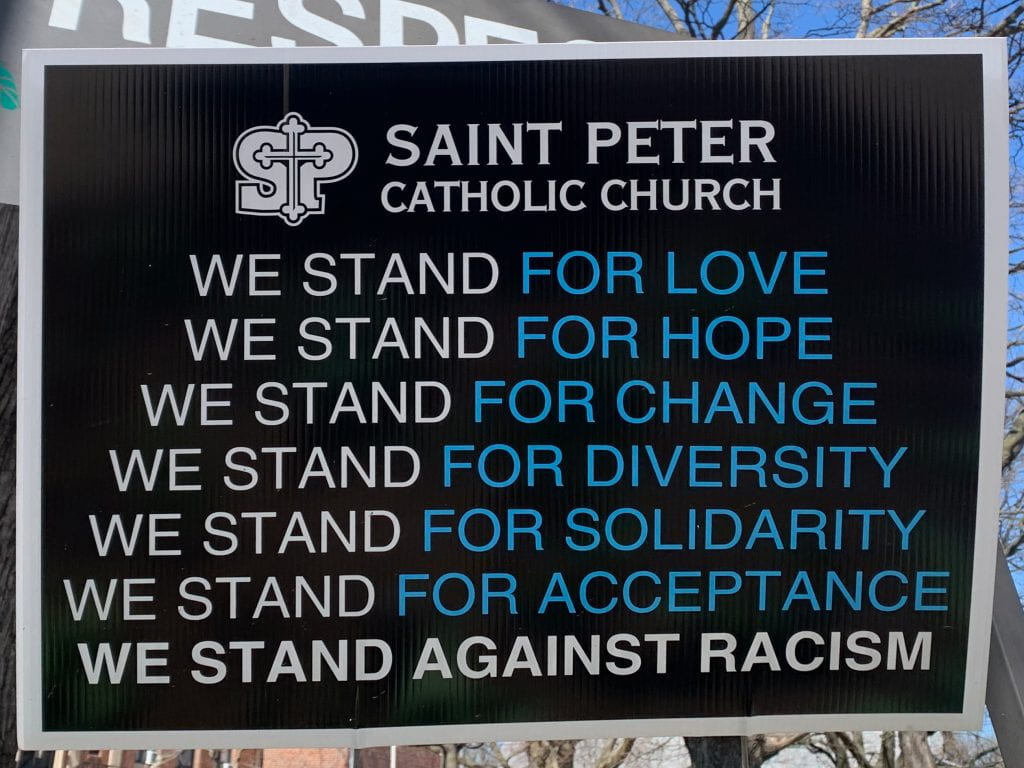













Digitally rendered signage, posted on Twitter by Little River UCC (@LRUCC, June 18, 2020) commemorates Juneteenth (June 19th) celebrations across the country with a digital banner reading, “BLACK LIVES MATTER,” in a white text, and “to GOD and to us,” in yellow text underneath. The sign is both celebratory, in-context, and socially relevant to the 2020 resurgence of the Black Lives Matter movement, taking advantage of their digital platforms to raise awareness. The addition of a theological argument to the slogan encourages viewers to question their spiritual connection to the movement. Although the digital formatting lacks personality, reminiscent of clean, corporate graphics, the speech act now occupies digital space to facilitate circulation.
George Floyd Murals in Minneapolis: Can Aesthetic Make Change?

Figure 1 
Figure 2 
Figure 3 
Figure 4 
Figure 5 
Figure 6 
Figure 7

































